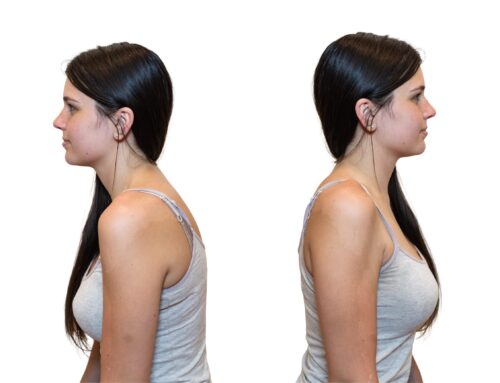Healing Knee Pain Through Chiropractic Care
Knee pain often finds it’s way into a chiropractic office. The chiropractic, as a provider of manual care, can often be a good resource in managing knee issues. The chiropractor will look at the knee the same way every joint is looked at, by considering the articulation itself and the structures, muscles, tissues, tendons and bursae around the articulation.
Degenerative joint disease (DJD) or arthritis strike the knee very commonly across the population, with the first MTP being the most common site of occurrence. It is not uncommon to find degeneration of the foot, knee and hip as co-occurrent and a more robust management treats them together.
The knee is particularly susceptible to becoming painful subsequent to issues that are not directly related to a problem in the knee itself. There are muscles around the knee along with tendons and bursae that often become very painful and masquerade as knee pain such that this can be a case where imaging will be returned with negative findings for the person whose knee pain is not discreetly in the articulation itself. For knee issues inside the articulation, to include the meniscus, the chiropractor can also be helpful because chiropractic adjusting can normalize joint motion.
A brief list of the wide variety of knee issues shines some light onto why looking at the knee broadly is important.
Pre patellar bursitis
Pes anserine bursitis
Popliteal pain
Meniscus pain
Genu valgum subsequent to hip/ankle issues
Disorders of patellar tracking
Degenerative Joint Disease (arthritis)
The chiropractor will look at the knee and knee pain more broadly and consider the impact of ankle and hip issues on the knee, as well as disorders of the spine; any of which over time can subsequently lead to knee issues. Seeing the knee more broadly leads to improvements that are longer lasting.
Written by: Donaid Seals D.C
Dr. Seals is a practicing Doctor of Chiropractic with over 25 years of experience caring for people. His thinking is the product of his education, practice experience and many years in the natural foods and fitness industry. He has become living proof that old muscleheads don’t die-or fade away; sometimes they grow up to bring real-world expertise to the clinical picture. Traditional background information is available here.



Leave A Comment